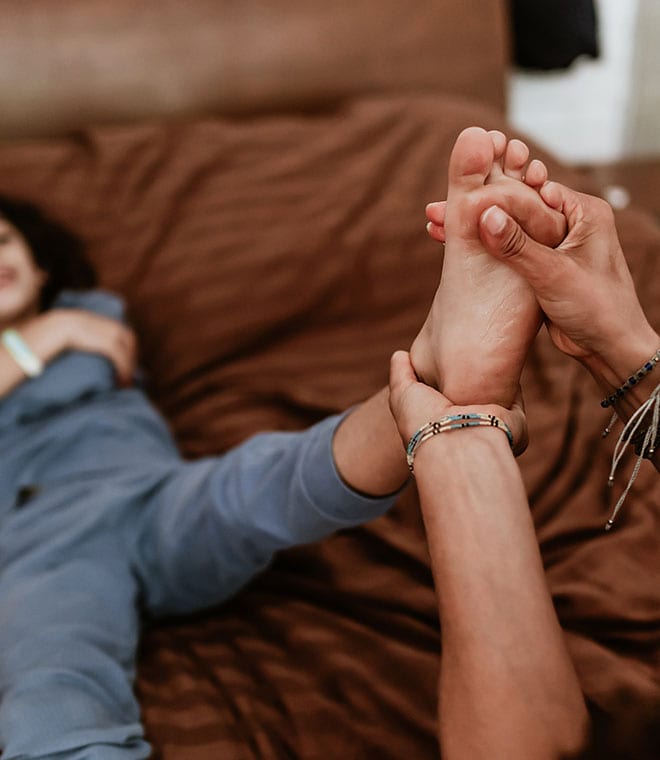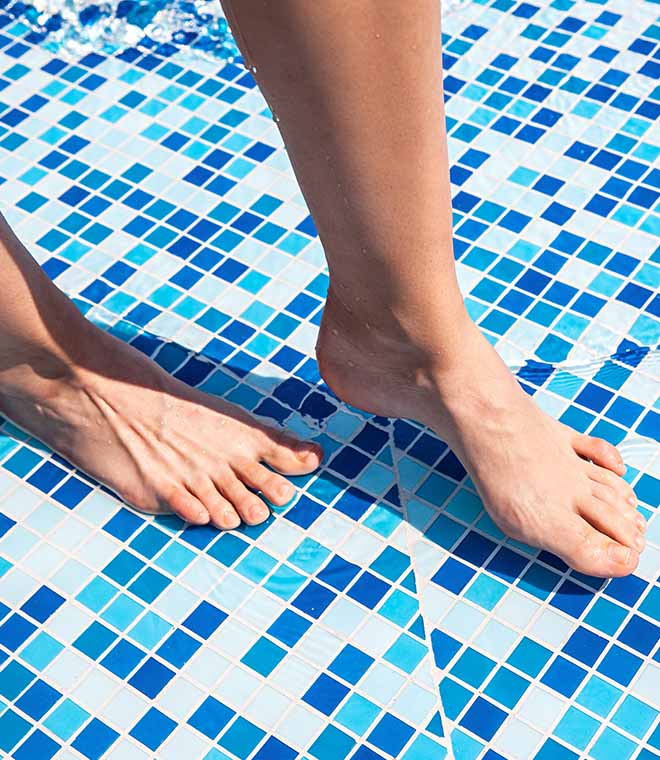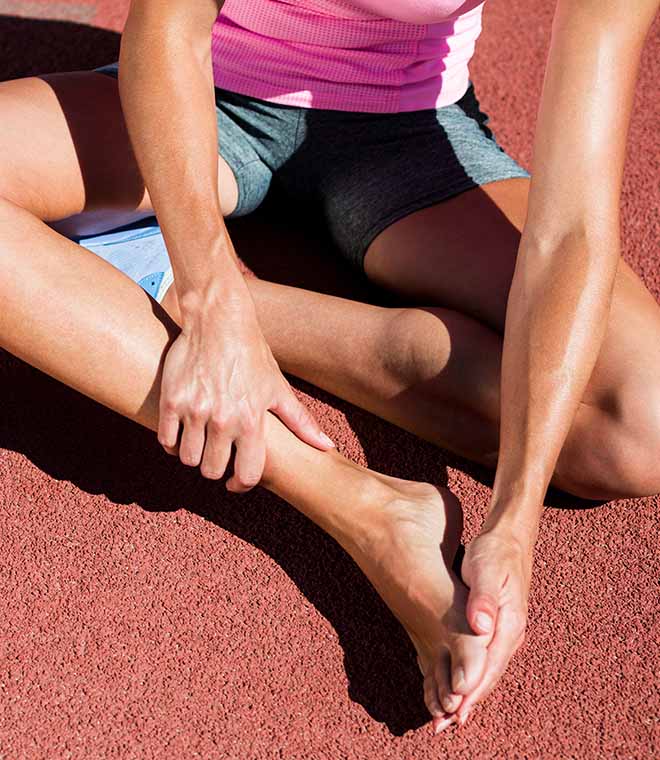Health
Curing athlete’s foot: Treatments explained
By Anna H. Chacon, MD, Fellow of the American Academy of Dermatology Sep 13, 2024 • 5 min
What is athlete's foot?
Tinea pedis, more commonly known as athlete's foot, is a common, uncomfortable foot rash. This foot fungus can be transferred from one person to another through sharing public spaces, like a community shower or locker room, while barefoot. Treatment is essential for getting rid of the fungus and preventing its spread. There are various types of treatment available for athlete’s foot.
What are the symptoms of athlete's foot?
Typically, athlete’s foot appears as dry, cracked and itchy skin between the toes. It often spreads to the soles of the feet, where it may appear as a rash or as dry, scaly skin. Sometimes, the primary symptom is itching.
How to treat athlete's foot?
Both over-the-counter (OTC) athlete’s foot treatments and prescription antifungal medications are used to reduce the itching and kill the fungus that causes athlete’s foot. These medications contain ingredients that kill the fungus or stifle its growth. In some mild cases, a natural athlete’s foot remedy may help relieve pain and itching, and it may even cure the condition. But any lapse in your treatment regimen, whether you’re using an OTC, prescription or natural athlete’s foot remedy, can allow the fungus to regrow and take hold again before it's entirely gone.
Using your athlete’s foot treatment of choice as directed, and using it for the recommended length of time, is the best way to get rid of athlete’s foot—and it’s how to get rid of fungus between toes.
Over-the-counter medications
There are many effective OTC athlete's foot medications that use various active ingredients to treat athlete's foot. These most often come in spray, cream or powder form. The active antifungal ingredients found in OTC athlete’s foot medicine include:
- Tolnaftate
- Terbinafine
- Bifonazole
- Clotrimazole
- Miconazole
- Oxiconazole
Prescription medications
If an over-the-counter antifungal cream or spray doesn’t work to clear the fungal infection or your symptoms worsen after two to four weeks, you should see your healthcare provider. They may prescribe prescription-strength antifungal cream or spray, such as:
- Clotrimazole
- Econazole
- Ciclopirox
If you have a more severe case of athlete’s foot or a bacterial infection at the same time, your healthcare provider may also prescribe oral medications.
Home remedies for athlete's foot
A variety of home remedies may be suggested for athlete’s foot relief, including hydrogen peroxide, tea tree oil, gentian violet, and vinegar-and-water athlete’s foot soaks. However, studies have not shown them to be safe and effective. In fact, some ingredients may even irritate or worsen the fungal infection. For optimal results, it’s best to choose an FDA-approved athlete’s foot treatment and follow up with your healthcare provider. You should seek medical care for fungal infections if you have another health condition, such as diabetes or a weakened immune system. It’s important to get treatment to prevent complications.
Updated by Julie McDaniel, MSN, RN, CRNI, September 2024.
Sources:
- https://www.ncbi.nlm.nih.gov/pmc/articles/disease
- https://www.aafp.org/afp/fomites
- https://www.nccih.nih.gov/health/tea-tree-oil
- https://www.ncbi.nlm.nih.gov/books/NBK279549/
- https://medlineplus.gov/ency/article/000875.htm
- https://www.merckmanuals.com/professional/dermatologic-disorders/fungal-skin-infections/tinea-pedis-athlete-s-foot#Treatment_v8369773
- https://my.clevelandclinic.org/health/diseases/22139-athletes-foot-tinea-pedis
- https://www.mayoclinic.org/drugs-supplements/gentian-violet-topical-route/proper-use/drg-20064064
- https://www.health.harvard.edu/a_to_z/athletes-foot-tinea-pedis-a-to-z



